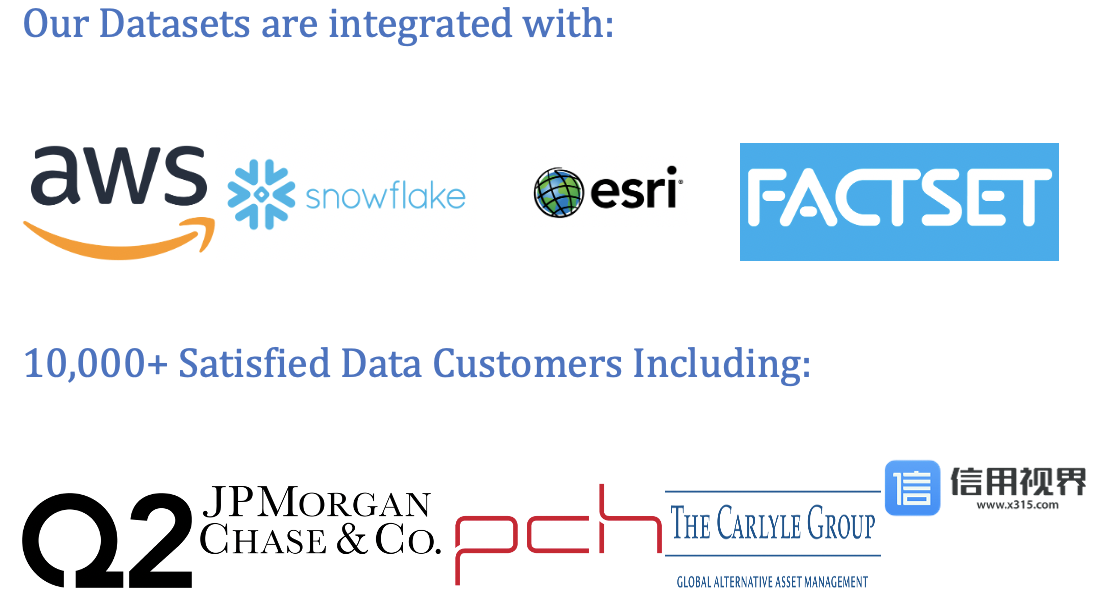
Top Web Traffic Data Providers
Understanding Web Traffic Data
Web Traffic Data is collected through website analytics tools like Google Analytics, Adobe Analytics, and various other tracking mechanisms. It provides quantitative insights into how users interact with a website, which pages they visit, how long they stay, and how they navigate through the site. Additionally, it offers qualitative information about user demographics, interests, and engagement levels. Analyzing Web Traffic Data helps stakeholders identify trends, measure the effectiveness of marketing campaigns, and improve the overall user experience.
Components of Web Traffic Data
Web Traffic Data comprises several key components essential for understanding user behavior and optimizing website performance:
- Visitors: Data on the number of unique visitors accessing the website within a specific timeframe, providing insights into overall audience reach and growth.
- Page Views: Metrics indicating the total number of pages viewed by visitors, helping assess content engagement and popularity.
- Session Duration: Average time spent by visitors on the website during a single session, indicating user engagement and interest in the content.
- Traffic Sources: Information about the channels through which visitors arrive at the website, such as organic search, direct traffic, referrals from other websites, social media, or paid advertising.
- User Interactions: Data on user actions within the website, including clicks, downloads, form submissions, and conversions, enabling website owners to track user journeys and measure conversion rates.
- Demographics: Insights into user characteristics such as age, gender, location, and device type, allowing website owners to tailor content and marketing strategies to specific audience segments.
Top Web Traffic Data Providers
- Leadniaga : Leadniaga offers advanced web traffic data analytics solutions, providing website owners and marketers with comprehensive insights into user behavior and website performance. Their platform leverages machine learning algorithms and predictive analytics to analyze web traffic data and optimize digital marketing strategies for better engagement and conversions.
- Google Analytics: Google Analytics is a widely used web analytics platform that provides insights into website traffic, user behavior, and audience demographics. It offers a range of features for tracking website performance, measuring conversion goals, and analyzing traffic sources to optimize online marketing efforts.
- Adobe Analytics: Adobe Analytics is an enterprise-level web analytics solution that offers advanced reporting and analytics capabilities for tracking web traffic and user interactions. It provides real-time data visualization, segmentation, and attribution modeling to help businesses understand customer journeys and optimize digital experiences.
- Hotjar: Hotjar is a website analytics tool that offers heatmaps, session recordings, and feedback forms to understand user behavior and improve website usability. It helps website owners visualize user interactions, identify pain points, and optimize conversion funnels for better user engagement and conversion rates.
- Heap Analytics: Heap Analytics is a user behavior analytics platform that automatically captures web and mobile interactions, allowing businesses to analyze user behavior without tagging. It offers insights into user flows, conversion paths, and retention metrics to help businesses understand and optimize the customer journey.
Importance of Web Traffic Data
Web Traffic Data is essential for stakeholders in the digital realm for the following reasons:
- Performance Evaluation: Enables website owners to evaluate website performance, track key metrics, and identify areas for improvement to enhance user experience and achieve business objectives.
- Audience Insights: Provides insights into audience demographics, interests, and behaviors, allowing marketers to target specific audience segments with personalized content and offers.
- Content Optimization: Guides content strategy and website design decisions by identifying popular pages, high-performing content, and areas of user engagement to improve content relevance and effectiveness.
- Marketing Strategy: Informs digital marketing strategies and campaign optimization by analyzing traffic sources, conversion rates, and user interactions to maximize ROI and drive revenue growth.
Applications of Web Traffic Data
The applications of Web Traffic Data include:
- Search Engine Optimization (SEO): Helps businesses optimize website content, keywords, and meta tags to improve search engine rankings and attract organic traffic from search engines.
- Conversion Rate Optimization (CRO): Guides businesses in optimizing website design, navigation, and calls-to-action to improve conversion rates and maximize the effectiveness of marketing campaigns.
- Content Marketing: Informs content creation and distribution strategies by identifying topics of interest, content formats, and distribution channels that resonate with target audiences and drive engagement.
- User Experience (UX) Design: Guides UX designers in optimizing website layouts, navigation menus, and user flows to create intuitive and seamless experiences that encourage user engagement and reduce bounce rates.
Conclusion
In conclusion, Web Traffic Data is a valuable source of insights for website owners, marketers, and analysts to understand user behavior, evaluate website performance, and optimize digital marketing strategies for better engagement and conversions. With leading providers like Leadniaga and others offering advanced web traffic data analytics solutions, stakeholders can leverage real-time insights into user behavior and website performance to make data-driven decisions, improve the overall user experience, and achieve business objectives in the digital landscape. By harnessing the power of web traffic data effectively, businesses can attract more visitors, convert leads into customers, and drive sustainable growth online.
Our Datasets are integrated with :



10,000+ Satisfied Data Customers including :








